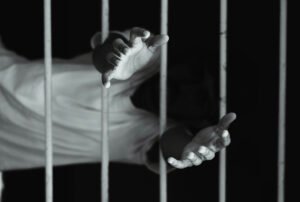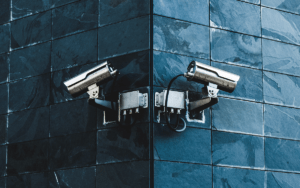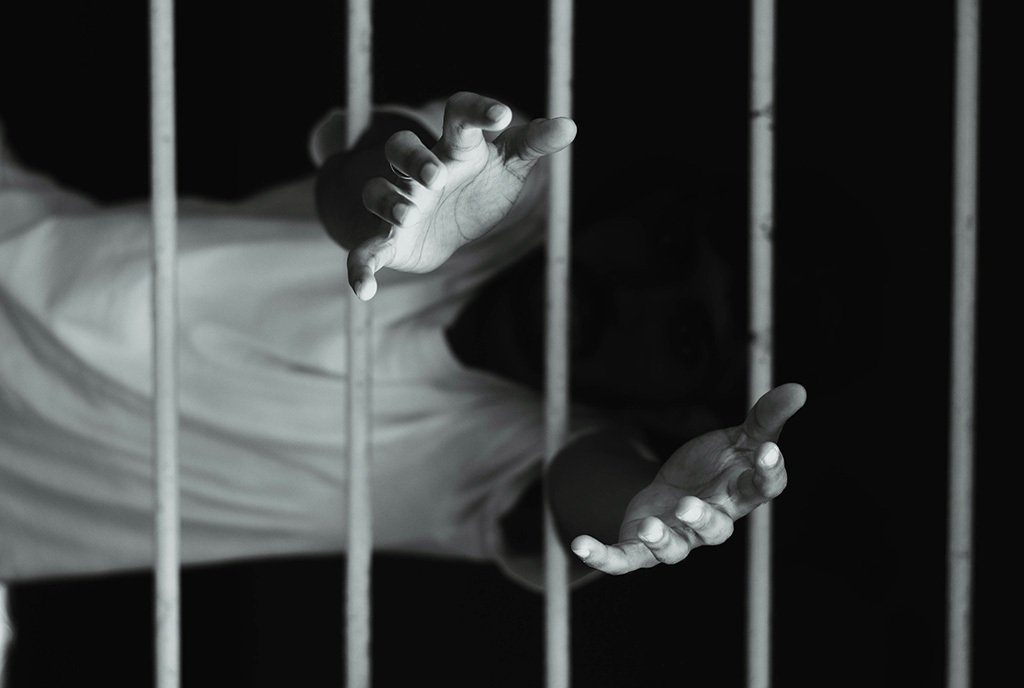
July 13, 2016; Gothamist
In January, President Barack Obama announced an executive order to ban solitary confinement for juvenile federal inmates as part of his last criminal reform push. The order was touted as a major step for the reform movement; however, more than a year ago, in January 2015, the New York Board of Corrections had already decided it would end solitary confinement for juvenile inmates, or inmates under the age 21. Now, 18 months later, the Rikers Island jail is still struggling to phase out solitary confinement. On Tuesday, the Department of Corrections announced that it was getting a last-minute extension on the deadline for a fourth time to phase out solitary confinement, despite strong criticism from advocates.
The Board of Corrections announced last January that Rikers would have a year to end the use of solitary confinement, with Rikers serving as a model for municipal jails both in New York and nationwide. With an already extended deadline of June 30, 2016, the jail will now have until October to fully end the practice, though department officials say some steps have been taken since last January. This will be the fourth extension the department has received to end the practice. While the department asked for a six-month extension, the Board only gave it an additional three months, with several other conditions. For example, the department will have to provide the Board an update on its progress in September.
On June 30th, the jail had said it has moved out all 18-year-olds from solitary, but it has now asked for a six-month extension to finally move the remaining 19- to 21-year-olds out of “punitive segregation,” according to a letter from the DOC. The department said this extension request is due to the violence that erupted when certain inmates were moved to one of the detention centers into which juvenile inmates are being transitioned, the George Motchan Detention Center (GMDC). According to the DOC’s letter, “This rise in incidents—ranging from inmates refusing orders to slashings—has been attributed to the increased number of ‘high risk of violence’ young adults moved to GMDC in early June.”
In part, the “high risk of violence” is attributed to some juveniles that have “particularly violent histories or strong gang involvement.” As such, the determination was made that the integration of too many inmates was happening too quickly and more discussion was necessary on the subject of where to house the 19- to 21-year-olds.
“No jail system is talking about this, never mind doing it,” said Joseph Ponte, commissioner of the DOC, on Tuesday. “We came very, very close.” Ponte also reiterated the department’s commitment to finally end “punitive segregation” despite this setback.
Criminal reform advocates vehemently opposed the appeal for an extension. At the meeting where the extension was granted, several advocate groups urged the Board to reject the appeal. Advocates fundamentally disputed the department’s reasons for needing an extension. Specifically, studies have discredited the idea that keeping inmates in solitary confinement reduces violence and it was the transition of inmates out of isolation that increased violence.
Sign up for our free newsletters
Subscribe to NPQ's newsletters to have our top stories delivered directly to your inbox.
By signing up, you agree to our privacy policy and terms of use, and to receive messages from NPQ and our partners.
“Punitive segregation is not a ‘meaningful tool,’” said Sarah Kerr of the Legal Aid Society in response to Ponte’s letter to the Board of Corrections. “In New York City, there is no correlation that increased use of punitive segregation reduces violence. Punitive segregation is a failed practice, increasingly discredited and limited by the world community, and determined to cause damage to developing brains in young persons and young adults.”
Indeed, the use of segregation to deter violence was one of the misconceptions addressed by the Vera Institute of Justice last May. According to advocates, studies have shown that the basic premise on which the department’s extension is based on is incorrect: “There is no evidence that confinement in a supermax facility produces a deterrent effect on the individual. A recent study found that exposure to short-term disciplinary segregation as a punishment for initial violence did not deter incarcerated people from committing further violence in prison,” says the Vera Institute.
Similarly, New York Civil Liberties Union Deputy Advocacy Director Ruthie Epstein also joined the protests against the extension, saying that it’s “unclear that the DOC can definitively point to the removal of young adults from solitary as the cause of the increase in violence last month, nor is it clear what safeguards the DOC put into place in anticipation of June’s population increase at GMDC. We strongly caution against any conclusion that solitary confinement is the only way to prevent violence among young adults on Rikers.”
For others, granting the extension would in someway justify the department’s continued use of solitary confinement. Queens Councilmember Daniel Dromm wrote a letter and urged the Board and to hold the department accountable for the “many [young adults that] have been placed in punitive segregation for significantly longer than the 60-day limit in six months. This is deeply troubling since the United Nations considers any period over 15 days torture.”
Some members of the Board themselves seemed concerned about the last-minute request, under the impression that all inmates, not just those of age 18, would be phased out of solitary. “What can you offer to mitigate the horror that we know accrues to the young adults locked in 23 hours a day?” asked Board member Bryanne Hamill.
The Board took it upon itself to set rules in place to help mitigate the effects of continued use of isolation under the extension. Under the conditions of the extension, the department will have to build an area for the remaining juvenile inmates in solitary confinement where they will be allowed out for at least four hours a day. That recreational time will also include two-and-a-half hours of programming, whereas before they received two hours of recreation time. While previously facilities have been able to override the maximum times that an inmate can be in isolation, the new conditions mandate juvenile inmates can only be in isolation for 30 consecutive days or 60 total days in six months. As such, despite the extension, these measures indicate this will be the last request the Board would grant, but it’s little consolation for advocates who know and have seen firsthand the damage solitary confinement has on inmates.—Shafaq Hasan













